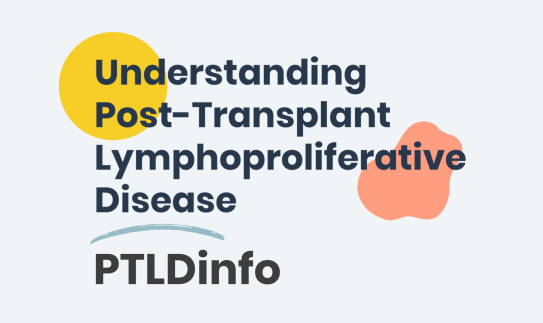Following solid organ or haematopoietic cell transplantation, proliferation of Epstein–Barr virus (EBV)-infected B cells can lead to potentially life-threatening post-transplant lymphoproliferative disorders (PTLD)
Uncover key aspects of PTLD and explore strategies for optimising patient care

Patient website
A dedicated website for patients is also available. Feel free to share it with your patients if they wish to better understand their condition and access numerous resources on Post-Transplant Lymphoproliferative Disease.






